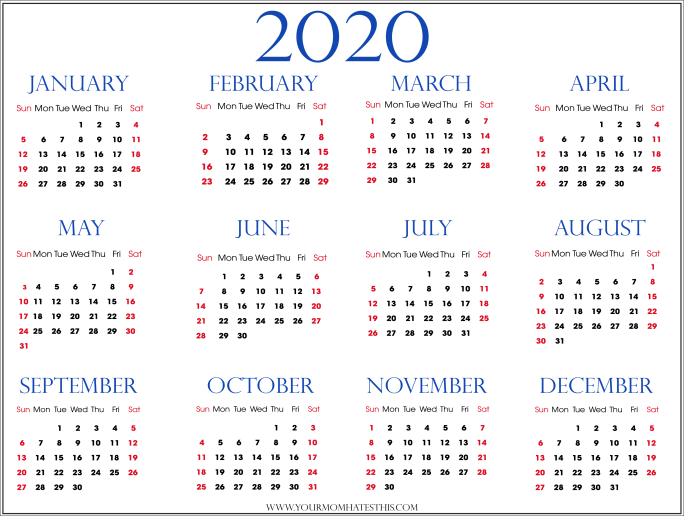Purnimanta subculture turned into being accompanied inside the Vedic generation. It turned into changed with Amanta device and in use as the Hindu calendar machine prior to 1st century BCE, but the Purnimanta tradition became restarted in fifty seven BCE by using Vikramaditya who wanted to go back to the Vedic roots.[46] The presence of this device is one of the elements considered in relationship historic manuscripts and epigraphical evidence of India which have survived into the modern-day era.[

A month contains fortnights referred to as pakṣa (पक्ष, actually “aspect”).[2] One fortnight is the brilliant, waxing half of wherein the moon length grows and it ends inside the complete moon. This is referred to as Shukla Paksha.[48] The other 1/2 is the darkening, waning fortnight which ends up within the new moon.[2] The Hindu festivals commonly are either on or the day after the entire moon night, or the darkest night time (amavasya, अमावास्या), except for some related to Krishna, Durga or Rama. The lunar months of the hot summer time and the busy important cropping-related part of the monsoon season usually do no longer time table essential festivals.[49]
A combination of the Paksha device, and the 2 traditions of Amanta and Purnimanta structures, has caused trade approaches of dating any pageant or event within the ancient Hindu, Buddhist or Jain literature, and modern nearby literature or pageant calendars. For example, the Hindu competition of colours known as Holi falls on the primary day (complete moon) of Chaitralunar month’s darkish fortnight in the Purnimanta machine, even as the same precise day for Holi is expressed in Amanta system as the Purnima (complete moon) lunar day of Phalguna.[30] Both time measuring and dating structures are equivalent methods of which means the equal issue, they stay in use in distinct areas, although the Purnimanta system is now normally assumed as implied in contemporary Indology literature if no longer certain.[30][29]
Twelve Hindu mas (māsa, lunar month) are identical to about 354 days, even as the period of a sidereal (solar) 12 months is set twelve months. This creates a distinction of about 11 days, which is offset each (29.Fifty three/10.Sixty three) = 2.71 years, or approximately each 32.5 months.[28] The 365 days are subdivided into six lunar seasons timed with the agriculture cycles, blooming of natural flora, fall of leaves, and climate. To account for the mismatch between lunar and sun calendar, the Hindu pupils followed intercalary months, wherein a particular month simply repeated. The preference of this month was no longer random, however timed to sync lower back the two calendars to the cycle of agriculture and nature.[28][29]
